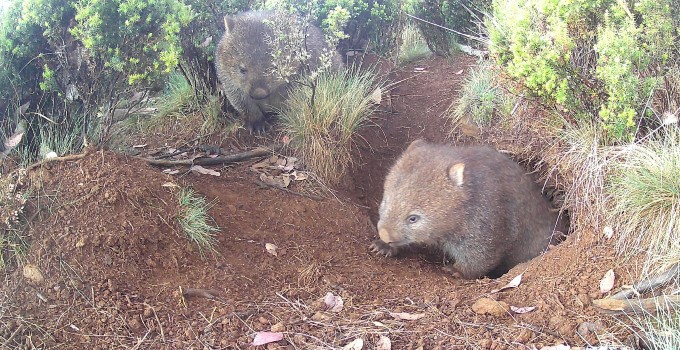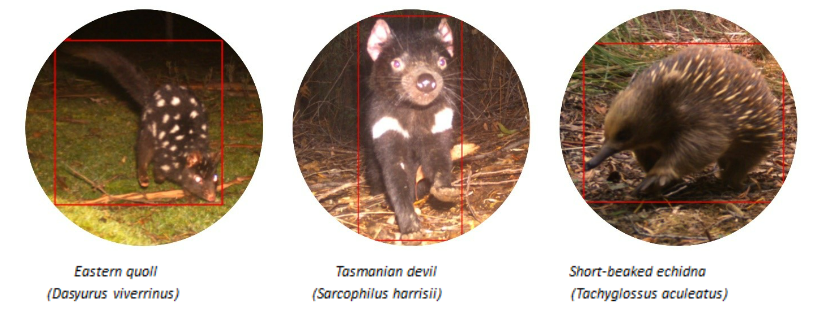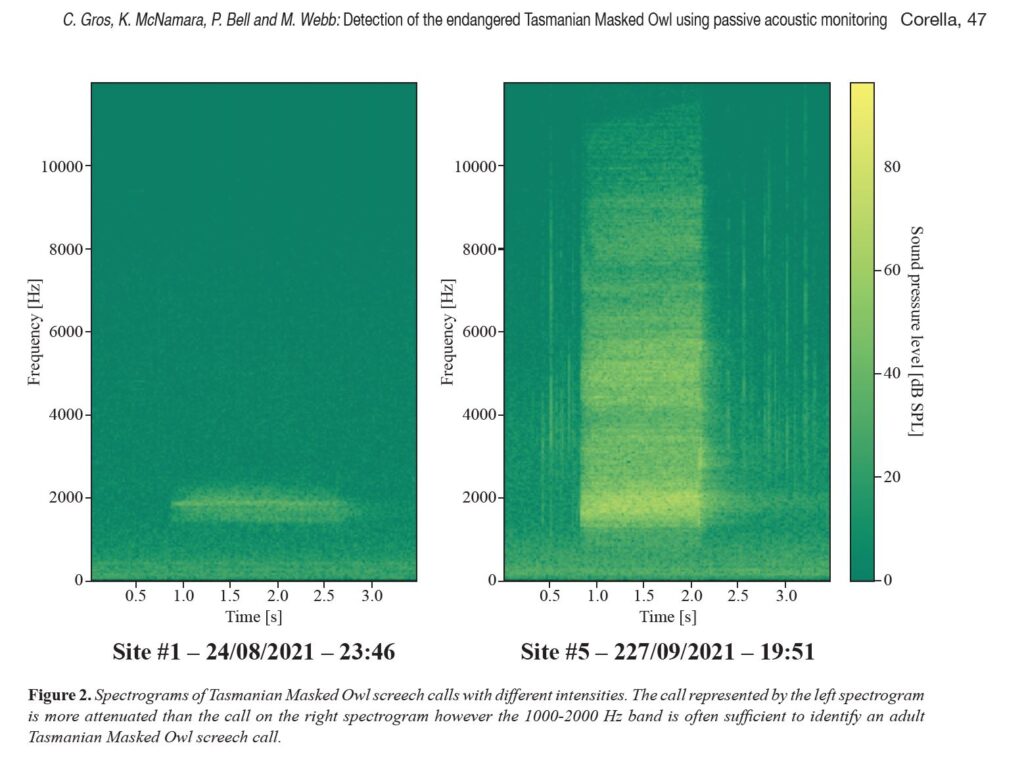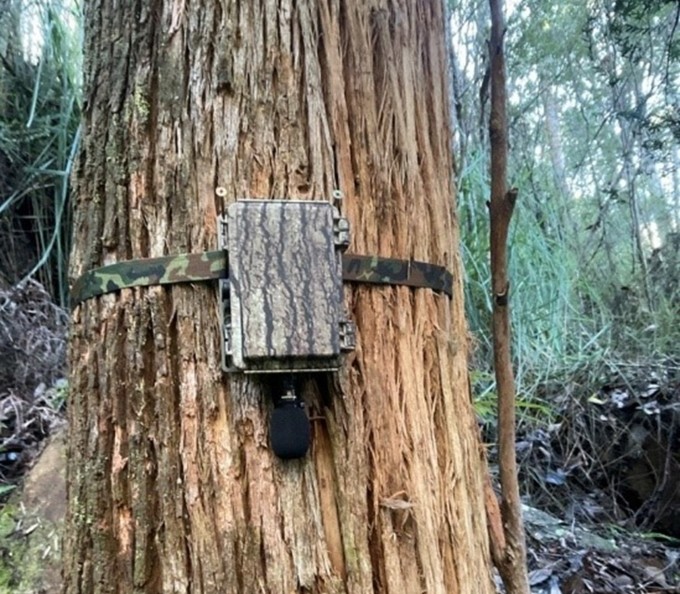THOUGHT LEADERSHIP
From binoculars and boots to bytes and bots: harnessing remote sensing and AI for ecological monitoring
For power and water developments to be truly sustainable, we must preserve and protect biodiversity. But it can be difficult to look after what you don’t know about or don’t understand. In the age of Big Data, automation, AI and increasingly clever gadgets, field ecologists can now do more with less – in other words, get lots of good information very quickly and with far less cost. That’s good for projects and for our planet.

Field ecologists spend much of our time gathering information on species occurrence, distribution, abundance, habitat requirements, and threats. We need methods to detect and quantify biodiversity that are efficient and sensitive, and not biased, invasive or destructive.
Our job increasingly involves leveraging the advances in monitoring technology, computing power, and machine-learning methods to help our clients assess, avoid, mitigate or offset environmental impacts. Vast amounts of visual, spatial, genetic and acoustic information can now be captured using new tools such as ‘camera traps’, automated image classifiers, passive acoustic monitoring, automated species detection from audio data, and eDNA.
Camera trapping
Camera trap monitoring (using digital cameras activated by motion or heat) is a powerful tool for observing and cataloguing species, but it can generate enormous numbers of images. Each image needs to be viewed and tagged to create meaningful data. Until now, that’s taken up a lot of human time. Now, however, machine-learning models can automate the process of detecting and classifying animals.
For example, the ‘MegaDetector’ is an open-source image-segmentation tool from Google that can automatically place a bounding box around a region of interest in the environment, in this case zooming in on an animal and isolating it from the background. This can be put into a wildlife-species classifier before verification by a human, raising the accuracy of classifying some species to up to 99% and increasing the speed at least 20-fold – in fact, it is estimated that approximately 5,000 images can be tagged per hour using these workflows.

Examples of camera trap images with the MegaDetector bounding box applied
As well as detecting rare, cryptic and elusive native species, camera trapping can also detect and help to quantify the threat posed by introduced animals. Technology has even been developed that enables humane, automated feral cat and fox control: the ‘Felixer’ device uses rangefinder sensors to distinguish target cats and foxes from non-target wildlife and humans. Felixers can even be programmed to play a variety of audio lures to attract feral cats and foxes. The targets are detected via a camera-based AI system working in tandem with four LiDARs. These devices are operating in all Australian states and territories, protecting threatened species including bilbies, bettongs, rock wallabies, quolls, malleefowl, ground parrots, numbats and rare dunnarts and rodents.
Passive acoustic monitoring
Another recent advance that is revolutionising species detection is passive acoustic monitoring. In Tasmania, the endangered, cryptic, poorly understood Tasmanian masked owl (Tyto novaehollandiae castanops) has traditionally been detected through ‘call-playback surveys’ – experts listening for owl vocalisations in response to broadcasting recorded owl calls – but some owls just won’t play the game! Passive acoustic monitoring is a more effective method for detecting these birds, with recorders deployed and set to record from dusk until dawn. Software has been developed to graph the recorded sounds as spectrograms and then automatically detect this species’ persistent screech calls and even chattering calls. Work is underway to differentiate between adult and juvenile calls, which will help identify nearby roosting and nesting sites. With robust bioacoustic recorders and partial automation of analysis, we can detect this elusive species and identify critically important nesting sites more accurately, rapidly and at less cost. The technology can also be used to detect other species with distinctive vocalisations.

Screeching calls of an adult Tasmanian masked owl can be heard in the audio above

Wildlife Acoustics Song Meter SM4 deployed by Entura ecologists in north-west Tasmania, within a patch of tall eucalypt forest assessed to be potentially suitable nesting habitat for Tasmanian masked owls
eDNA, barcoding and metabarcoding
Increasingly rapid and relatively cheap DNA sequencing techniques are also transforming biodiversity research. Environmental DNA (eDNA) is genetic material from the hair, skin, urine, faeces, gametes or carcasses of organisms that can be found in the environment. This eDNA data can be interpreted through ‘barcoding’, which uses species-specific tools to detect the DNA fragments of a single species within an environmental sample, as well as ‘metabarcoding’, which can simultaneously detect millions of DNA fragments from the widest possible range of species. eDNA barcoding is particularly useful for detecting invasive, rare and cryptic species in places that are otherwise difficult to survey.
What’s next?
Fauna survey methodologies are evolving fast. Soon we’re likely to see continuous, automated wildlife detection and species identification, with solar-powered detection units (camera traps, bioacoustic recorders, etc.) autonomously uploading data to the cloud. This could produce high-resolution activity maps that update in real time and at large scale. Systems that can compute and upload data autonomously and are self-sufficient in energy will allow us to obtain accurate and extensive information from almost anywhere, anytime.
So, are clever bots and gizmos going to take our jobs? Will we never head out into the field with our binoculars again? Not quite yet (happily!), but with increasingly robust hardware, modern computing power and machine-learning, we can do more for our clients and our planet, and that’s a great win–win for us all.
If you’d like to talk with Entura about our ecological monitoring services, contact Raymond Brereton.
About the author
Dr Carley Fuller is an Environmental Consultant at Entura. She is an ecologist with expertise in environmental impact assessments for renewable energy projects including solar, wind, hydropower, hybrid, and transmission infrastructure developments. She has a decade of experience working in multiple Australian jurisdictions and internationally in the United States, Latin America, and the Pacific as both a research scientist and consultant. Carley has a strong technical background in plant science, land-use planning, GIS and natural values assessment and completed her PhD in conservation science at the University of Tasmania. She is passionate about leveraging environmental data to provide tailored decision support for a range of stakeholders.
MORE THOUGHT LEADERSHIP ARTICLES
27 June, 2024






